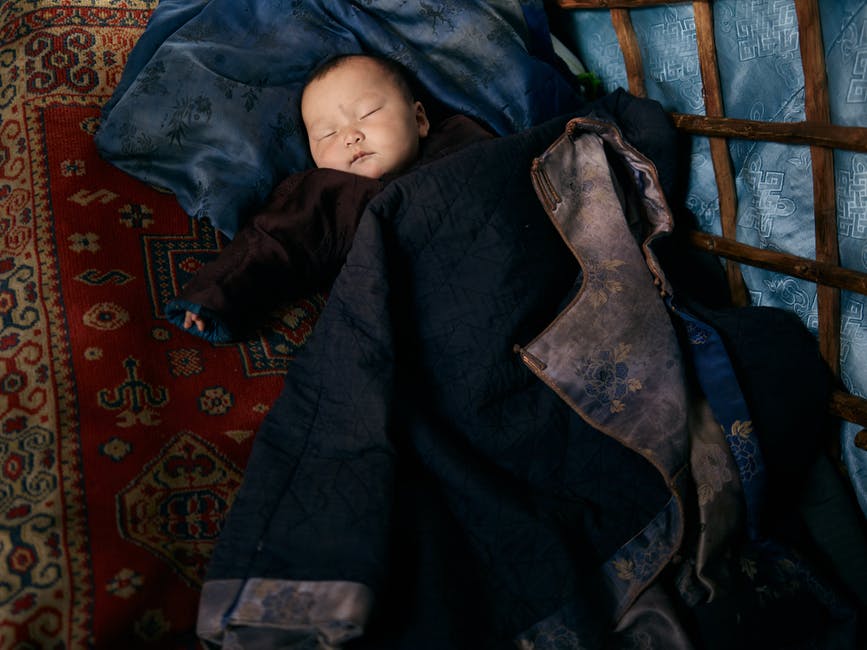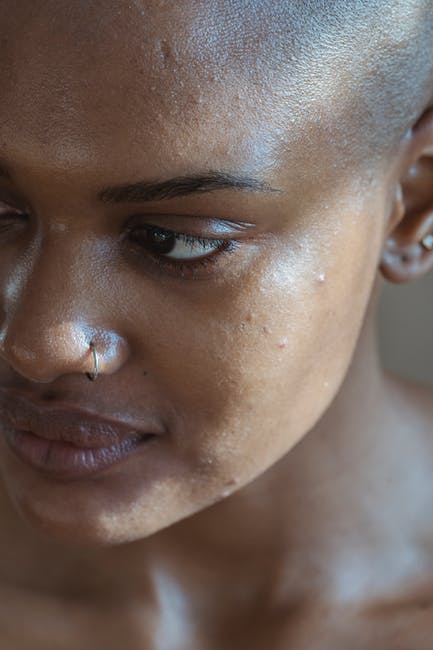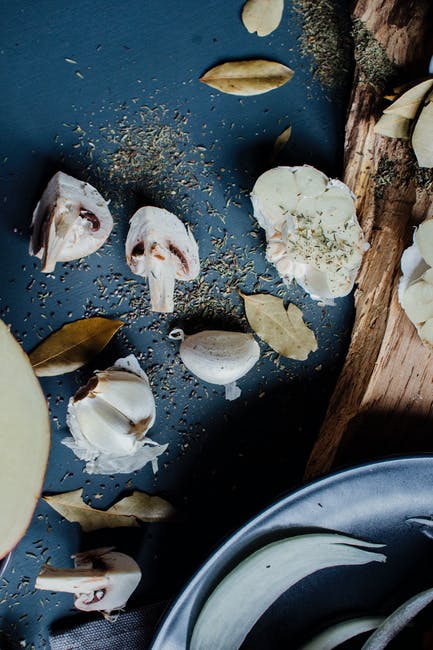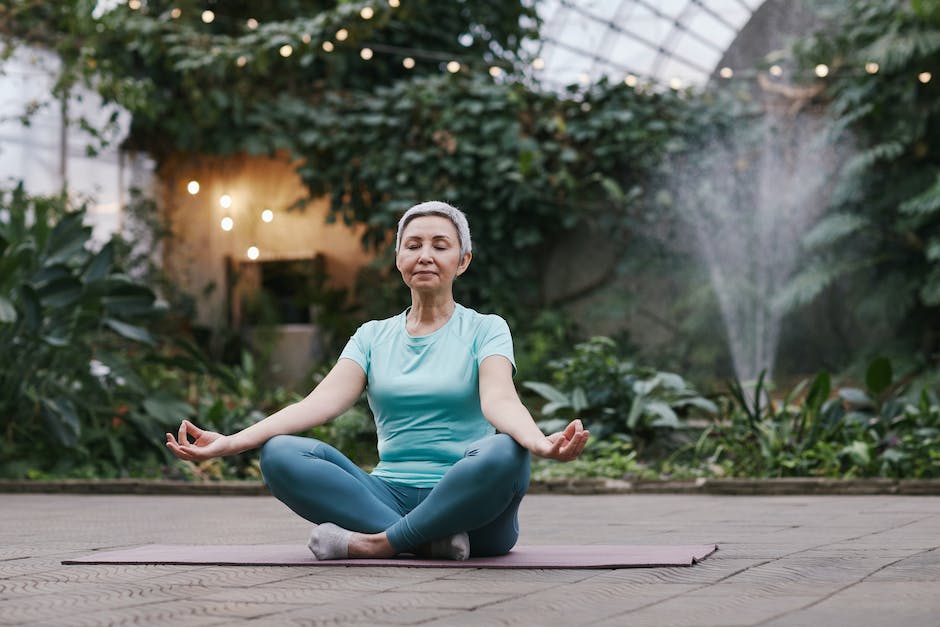There's a profound allure in the untouched wilderness, and capturing its beauty through the lens of a camera is a skill that holds a unique place in the world of photography.
As an avid wildlife photographer, I have found that these encounters with nature's finest inhabitants are not only breathtaking experiences but also incredible opportunities to preserve the fleeting moments that define the essence of the wild.
Patience is Key
Wildlife doesn't adhere to schedules or poses, so patience is your most valuable companion. Settle in, get comfortable, and let the world around you unfold at its own pace. The perfect shot often requires waiting for the right moment – a predator on the prowl, a bird in flight, or a creature emerging from its hiding place.
Study Behavior
Understanding the behavior of the animals you're photographing can make all the difference. Study their habits, feeding patterns, and social interactions. This knowledge will not only guide you to the best locations but also help you anticipate and capture candid and mesmerizing shots that reveal the animal's true essence.
Master Your Gear
A camera is your most potent tool, but it's only as powerful as your ability to use it. Know your equipment inside out. Practice different settings and techniques before you venture into the wild. Fast shutter speeds freeze the motion of a running animal, while slower speeds can create captivating blurs, capturing the dynamic energy of the scene.
Respect Their Space
Wildlife photography comes with a responsibility to the subjects you're photographing. Keep a respectful distance to avoid disturbing their natural behavior. Long lenses allow you to get close without intruding, preserving their natural state and ensuring your safety.
Golden Hours and Lighting
The golden hours – the hours just after sunrise and before sunset – offer the most magical lighting. The soft, warm hues cast a beautiful glow on your subjects while avoiding the harsh shadows of midday. Experiment with angles to maximize the light's direction and intensity.
Composition Matters
A strong composition draws the viewer's eye into the frame. Utilize the rule of thirds, leading lines, and framing techniques to create a visually appealing image. But also be ready to break the rules; sometimes, unconventional compositions can result in stunning and unique photographs.
Storytelling Frames
Capture moments that tell a story. A lioness grooming her cubs, a fox on the hunt, or a bird feeding its young can evoke powerful emotions. These images resonate with viewers, allowing them to connect with the animals on a deeper level.
Post-Processing Finesse
Post-processing is the modern darkroom where your images come to life. Enhance colors, adjust exposure, and remove distractions while maintaining the scene's authenticity. But remember, less can often be more – don't over-process to the point where the natural feel of the image is lost.
Share Your Passion
Wildlife photography is more than just taking pictures; it's about sharing your love for the natural world. Every click of the shutter contributes to raising awareness about the need to conserve and protect our planet's biodiversity. So, let your images spark conversations and ignite a passion for the wild.
To sum up, whether you're an amateur or an experienced photographer, the wilderness offers an infinite canvas of captivating moments waiting to be captured. So grab your camera, immerse yourself in nature, and let your lens transport the world into the realm of the wild.
Feel free to share your thoughts and experiences with wildlife photography in the comment section below. What tips have worked best for you? Let's celebrate the beauty of the wild together!




















